Last updated on July 22, 2023
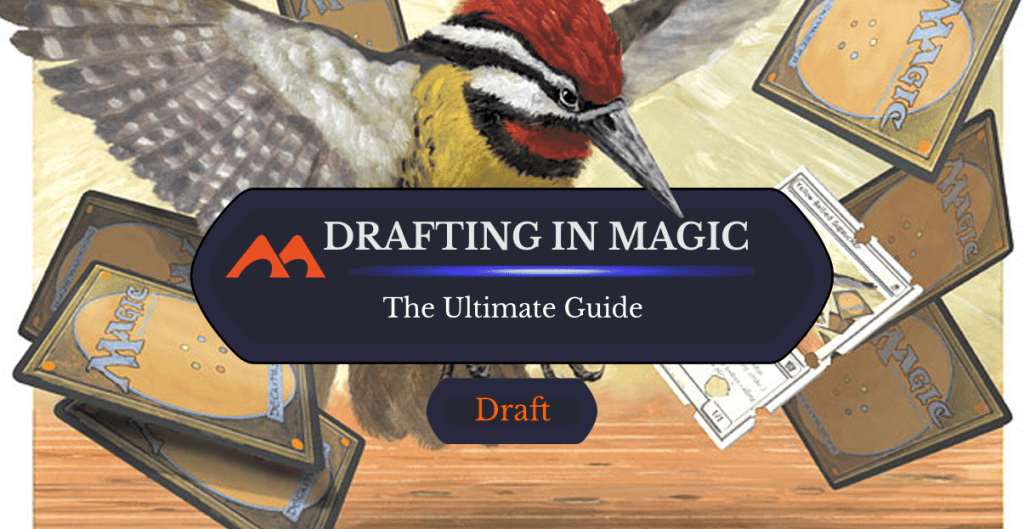
Cardpecker | Illustration by Richard Sardinha
Throughout the ups and downs of different Constructed formats over the years, Draft has consistently been incredibly popular for a vast swathe of players. Even now, in the apparent Age of Commander, Draft is thriving on Arena, MTGO, and in paper.
Despite its appeal for casual players and pros alike, it’s still not the easiest format to get into. I’m going to give you all the information you need to dive into your local Draft tables and up your game in both drafts and matches!
What Is Draft in MTG?

Faerie Guidemother | Illustration by Chuck Lukacs
Draft is a Limited format in MTG. This means that you don’t need to bring a deck with you to play, but instead play with cards that are opened at the event. Limited is split between Draft and Sealed. Sealed is the simpler format to wrap your head around since you just open six boosters and build a 40-card deck from what your open. Draft has an added step to this, the Draft portion itself!
Instead of just opening all your Draft packs and building with those cards, you participate in a group portion with all of the other players in your draft pod (usually eight players). You each take turns picking cards from each pack, and then build a deck from the cards you’ve ‘drafted’.
How to Draft in MTG: The Rules
As with anything related to MTG, there are rules you need to know while drafting. Here’s how a typical draft will go:
- Each player opens one booster pack.
- Remove tokens and non-playable cards (e.g. advertisement cards and tokens).
- Pick one card from the pack you opened and place it face down in front of you, then pass it to the player on your left.
- Receive the pack from the player on your right.
- Repeat pick, pass, receive until there are no more cards.
- Each player opens one new booster pack.
- Remove tokens and non-playable cards like before.
- Pick a card and then pass the pack this time to the player on your right.
- Receive the pack from the player on your left.
- Repeat pick, pass, receive until there are no more cards.
- Each player opens one third and final booster pack, repeating the same process passing to the left and receiving from the right.
- Once the third pack is finished, everyone will have enough cards to construct a 40-card minimum deck. The number of cards you have will vary based on how many cards were in the packs for the sets you used, but this number is most frequently either 42 or 45.
What Is Drafting in MTG and How Do You Do It?
MTG Draft Strategy
Start with Powerful Cards
At the start of pack one you just want to take the most powerful card in each pack. It sounds obvious, but players often worry too much about the signals they’re passing, the upside of some sub-par cards, etc. You just want to take the card that will help you win the most on its own at this point, be it a big, bomby creature or a solid piece of removal to take out your opponent’s bomb.
Stay Open
After your first couple of picks in your draft, be careful not to zero in on a certain archetype too quickly. Strange things can happen early in a pack, and sometimes around the midpoint of a pack a great signpost uncommon can come along and indicate that a powerful strategy may be open. Keep your eyes out for these cards.
Find a Lane
Towards the end of pack one you will probably want to settle into the correct lane for your seat. There are certain sets where this is more important (such as Guild sets where there are often fewer archetypes) but you pretty much always want to have a plan as you’re finishing off your first pack. Note, sometimes this may just be that you’ve chosen one colour, and you’re going to settle on a second colour during later packs. This is a great place to be!
Solidify Your Archetype
Through pack two you want to simply pick up the best things that fit in your archetype. Keep your eyes open for some good splashes, and especially fixing, which goes quickly in pack three. You should know your lane and do your best to maximise that lane.
Patch Up Your Holes
In the last pack, you have the opportunity to take the cards your deck is currently lacking. Missing 2-drops? You will probably want to grab some out of this pack, even if it means you’re passing up more powerful 5-drops. The same goes for other things you’re missing, such as removal or fixing. A good, well-balanced deck is going to be much better than a deck that’s lacking in some key areas.
What’s the Draft Deck Size in MTG?
Draft decks have a minimum of 40 cards. You can go over this, although it’s generally not recommended outside of some very unique circumstances. You are not allowed to go under 40.
What’s the Right Draft Deck Ratio?
Generally, 17 lands and 23 nonlands is the suggested land-spell ratio. Of course, more aggressive decks can run 16 lands, and slower decks may wish to go to 18 lands. Extreme edge cases may warrant going outside of these boundaries, but that is quite rare.
Of the 23 nonland cards, the creature/noncreature split is much more flexible. Personally, I generally wouldn’t go over 18 creatures or below 13, but there are plenty of times I would go outside of this range, especially if a format has a particularly spells-heavy archetype.
MTG Draft Tips
#10. Practice Makes Perfect
The more you play, the better you’ll get. I can’t stress this enough. Whether it’s on Arena or in person, it’s difficult to improve without playing. Of course, one good resource to practice with is our own Draft Simulator!
#9. Sideboards Are Important
Sideboards are very important if you’re playing BO3. When you’re drafting, picking up a really strong bit of artifact or enchantment removal over a mid-level card for the main deck can make games two and three much easier against an opponent who is relying on them.
#8. Keep an Eye on Your Curve
It’s important to keep track of your curve, the distribution of mana values across your cards. You want to make sure you can play something before turn four, but also probably need to make sure you have some bigger, more powerful spells to cast later in the game too.
#7. Lower-Cost Cards Are More Important
When choosing between two cards that seem similar in power level, think about the mana value of those cards. Generally, you’ll want more 2- and 3-drops in your deck than cards of mana value five and above, so you probably want to pick the cheaper cards higher. Remember, cheap spells, especially removal, can often be powerful cards even late in the game. You can rarely do something with a 6-drop on turn two.
#6. Make Use of Your Land Slot
You’re going to be drafting 45 cards on average. Of these, you’ll only be playing 23 or so nonlands. This means that anything you pick for the land slot is going to go up in value a fair bit. Color-fixing lands and lands with useful abilities can add a lot of power to your deck.
#5. Don’t Splash Your Fixing
This is a mistake I see a lot of newer players making. If you’re splashing a colour in your deck you’ll want fixing. Just make sure that fixing isn’t in the colour that you’re splashing, as it probably won’t help you much! The most common situation for this is when splashing green spells. Don’t pick a green card like Blighted Burgeoning to help you play a single green bomb in your deck!
#4. Splash Late Game Cards Over Early Game Cards
It seems obvious when you think about it, but you’re much more likely to have mana in your splash colours later in the game than you are on turn two. This means that higher mana value splashes are much more likely to be cast on curve than cheaper ones. This isn’t a reason to not splash the cheaper cards, just something to bear in mind when thinking about it.
#3. Affect the Board
CABS theory (cards that affect the boardstate) is a really simple idea that goes a long way in Limited theory. You want to play to the board with creatures and removal as much as possible, and cards that don’t do this like Divination should be much lower on your priority list.
This doesn’t mean that you shouldn’t play pure card-draw spells or similar effects, just that you need a bit more of a reason to include them.
#2. Know the Set You’re Drafting
This is probably my go-to bit of advice for an easy win when looking to get better at Limited. Make sure that you know what the set is about. It doesn’t take long to get a quick overview, and there’s plenty of 10-15 minute archetype and mechanic guides on YouTube ready for you to watch. I can’t recommend Lords of Limited’s “50 Takes in 50 Minutes” episodes highly enough for a short, deep dive into a set.
Whether you’re playing in paper or on Arena, there is always someone out there willing to give you advice on your deck (sometimes whether you like it or not). Whether it’s posting a photo or screenshot online to get feedback, posting an interesting pick on Twitter and tagging some pros for their input, or even posting a full draft log, there are loads of ways to learn from your drafts and share your experiences. If you’re playing in paper, don’t feel afraid to talk to your opponents about your draft experience (after you’ve played them, of course).
Drafting on MTG Arena
Players are drafting more than ever before now that we have Arena. Hundreds, if not thousands of drafts fire each day on Arena, and it’s where many people get their practice in for paper drafts.
Drafting on Arena is pretty much the same as drafting in person, but there are some key differences to keep in mind. The biggest of these is that you won’t be playing with people in your pod,and will be paired up against anyone in the Limited ladder when you’re looking for a game. This means that hate drafting (taking cards that others in your pod will want) is even less recommended than usual, as you’re unlikely to affect your opponents’ decks, and they’ll be playing against people other than you.
There are also some different queues on Arena. Quick Draft is a draft where you draft against bots, then play against people in Bo1 games. It’s ranked, but it’s my recommendation for someone just starting out as you can take your time in the draft portion. It also has a cheaper entry price than the other two queues. Premier Draft is a Bo1 ranked queue where you draft and play with real people, but you don’t play against the players in your pod. Traditional Draft is unranked, but it’s the only way to play Bo3 drafts on Arena.
Are All Drafts the Same?
There are some variations on draft that add extra complexities into the process. Here are a few of these, with some brief descriptions:
Cube Draft
Cube Draft is just like a normal Draft, although instead of drafting from booster packs, you draft with ‘packs’ from a curated pool of cards. It’s an incredibly popular way to draft, and there are all kinds of cube themes out there, the biggest one of which is the MTGO Vintage Cube with some of the most powerful cards from all of Magic!
Commander Draft
Commander Draft is a draft format that was first introduced (at least officially) in Commander Legends. In this Draft format packs consist of 20 cards instead of 15, and you need to build a 60-card Commander deck, including a commander that sets the colour identity of your deck. You then play a multiplayer game with players from your pod.
Two-Headed Giant Draft
Two-Headed Giant Draft is an alternative Draft format where you have a partner in your draft! Here, instead of being eight individual players, you draft in a pod of four pairs of players with six packs per pair. Each pair takes two cards per pick, and you need to build two decks out of your pool. You then play a best-of-one game of Two-Headed Giant against another pair from your pod.
Battlebond was a product released by Wizards which was designed for Two-Headed Giant drafts, but notably only used four packs per pair instead of six.
Rochester Draft
Rochester Draft is an older draft format where instead of everyone opening packs simultaneously, a single pack is opened at a time and laid out face-up. Each player takes turns picking cards from the pack, then it’s repeated for all 24 packs. It takes a lot more time, but is a different beast entirely as you have the knowledge of what your opponents are drafting.
Draft Practice and Resources
If you’re wanting to practice your drafts for free, there is no better resource than our very own simulator! It has an easy-to-use interface, as well as functions like suggested picks and allowing you to simulate pretty much any format you can think of!
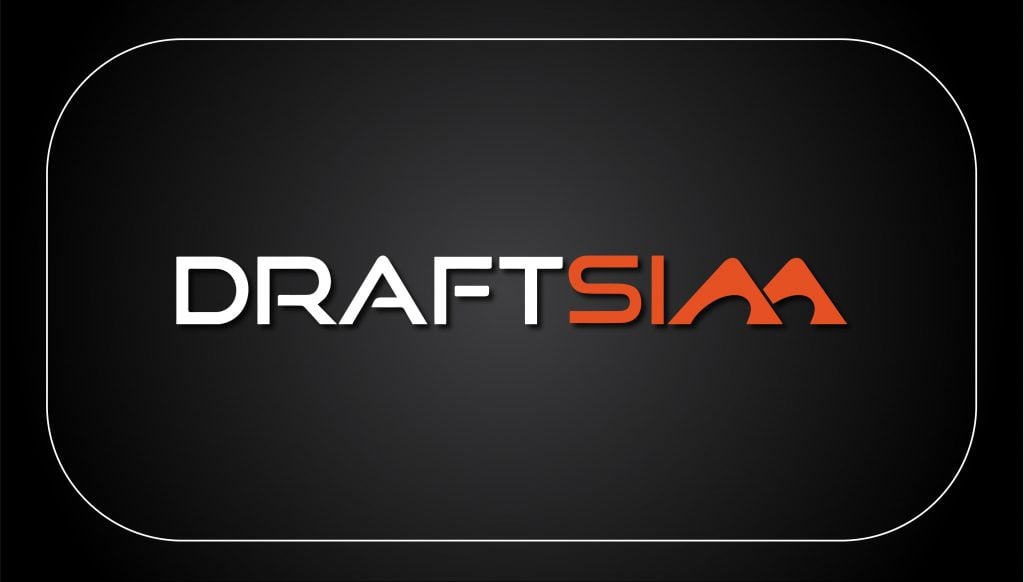
Other resources you can use include draft guides (including the ones we have in our articles of course!) as well as dedicated Limited podcasts like Limited Resources and Lords of Limited, or YouTube channels like NicolaiBolas and, of course, my own personal channel Pass Left Drafts!
Final Picks
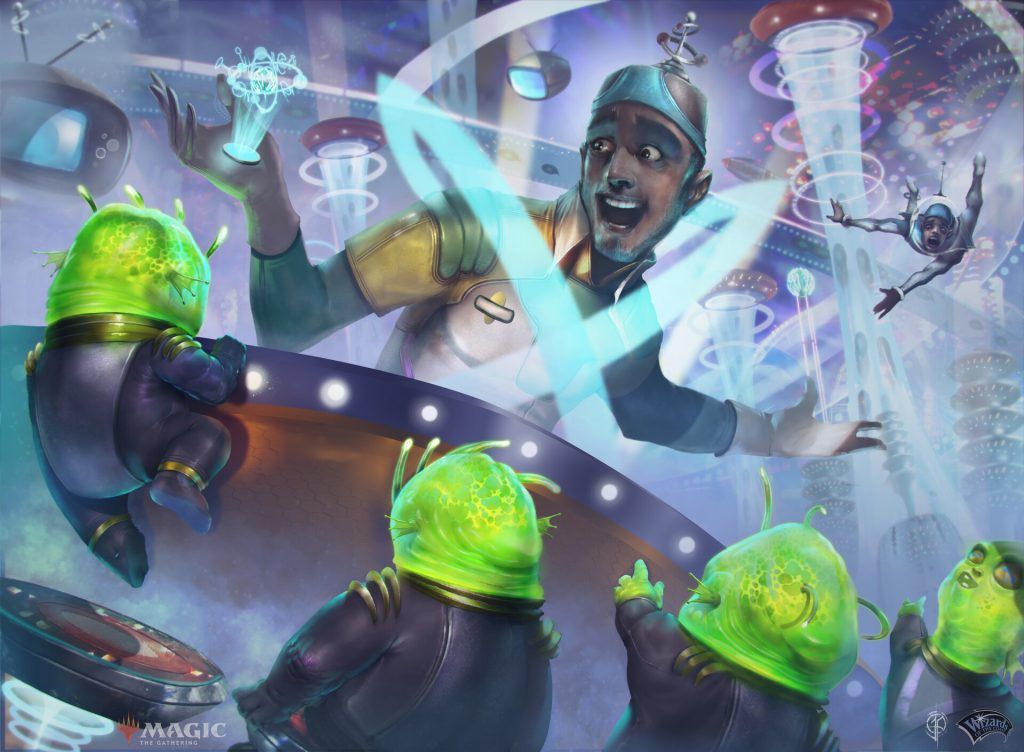
Ride Guide | Illustration by Jose Parodi
And that’s about it for a crash course in what I think is the best format in Magic! I hope you’ve picked something up and feel confident to clean up your next Draft!
It’s not the end of the road, though. There’s a whole world of improving at Limited ahead of you, and I’m sure you’ll love the journey as much as me and every other Limited fan out there. Be sure to check back here often for the latest news on 40-card decks and beyond, and don’t forget to tweet your best draft decks to Limited Decklists!
Follow Draftsim for awesome articles and set updates: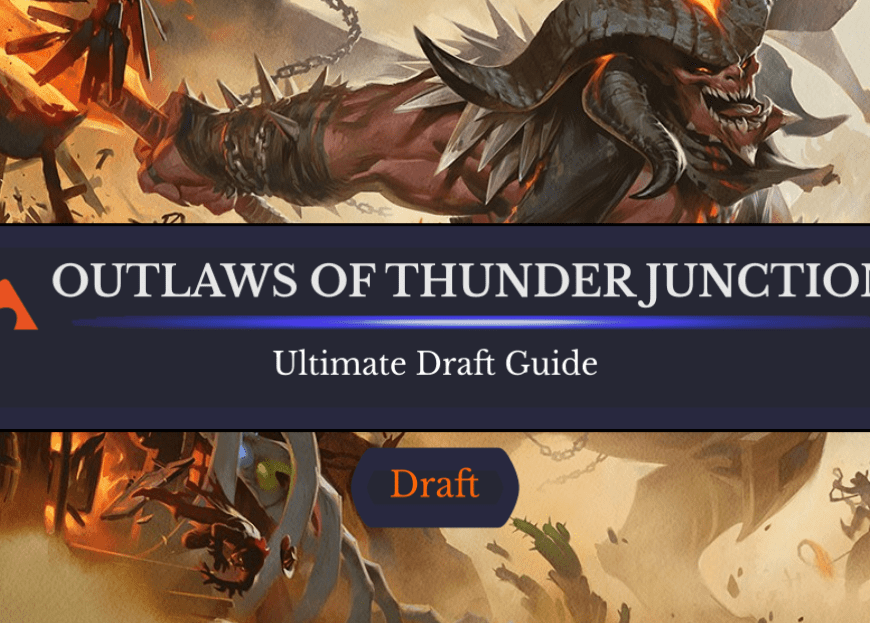
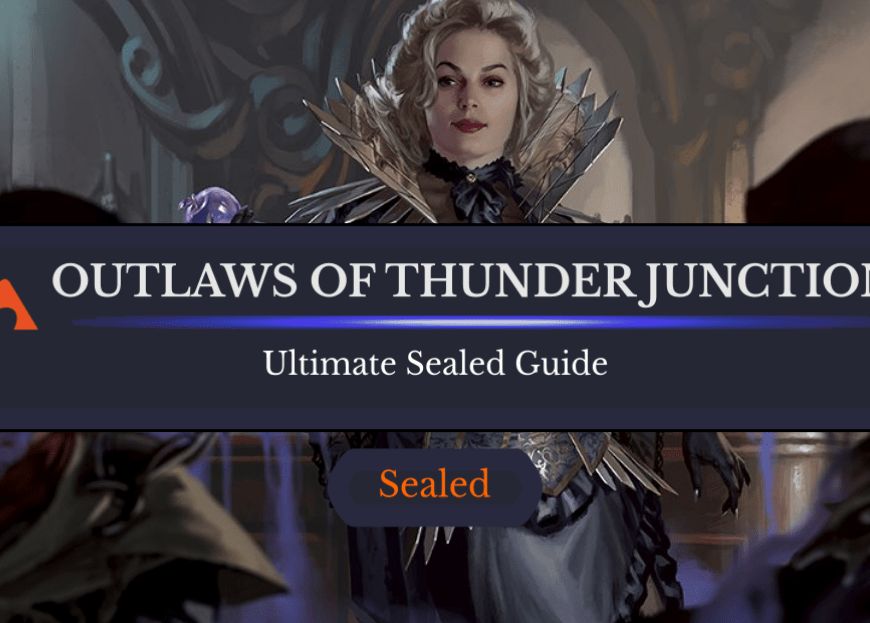
Add Comment